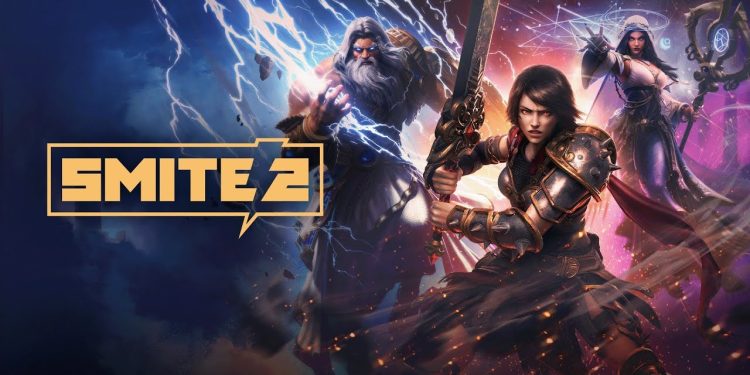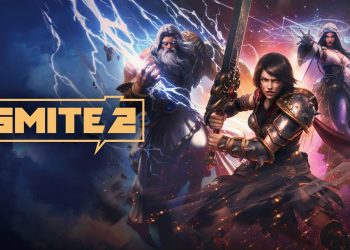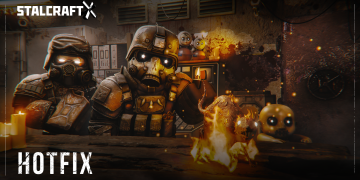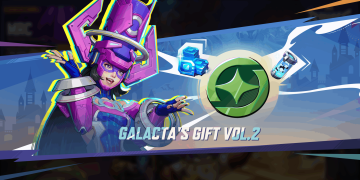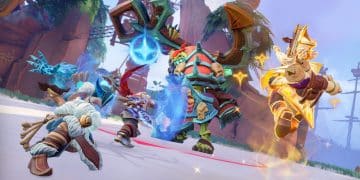Smite 2 is playable now on PC as an open beta, but the jump to a full 1.0 release looks like a 2026 affair. The free-to-play sequel opened to all on January 14, 2025 with a limited roster, and the simplest way to think about the timeline is this – the game is live in beta, but the developer is still rebuilding much of the original Smite experience for the new engine and a much larger God roster.
Why 2026 is the rough 1.0 target
One respected guide estimates that a 1.0 launch will arrive sometime in 2026, mainly because the team plans to bring over most of the original game’s roster of more than 100 Gods while also adding new characters. Smite 2 shipped its open beta with 45 Gods at launch, so continuing at the current pace of releases would push a full roster timeline into next year.
That calculation is crude but useful. Add one God a week from the January 14, 2025 beta date and the numbers take you into early 2026. The studio also went through some internal changes in early 2025 that could slow content delivery, so the roadmap is not strictly linear.
Open beta – what launched on January 14, 2025
The open beta arrived as a full free-to-play PC build, even if the developer and community still refer to it as beta because the roster is intentionally limited. The launch included 45 Gods and six modes, a much larger step up from earlier closed tests. Players can jump in right now and experience the game’s third-person MOBA combat, updated visuals, and reworked animations.
How Smite 2 plays
Smite 2 keeps the franchise’s signature third-person perspective, putting players closer to the action than a traditional top-down MOBA. Players pick Gods across five classes – Assassin, Hunter, Guardian, Mage, and Warrior – and the emphasis is still on quick reflexes, ability management, and teamplay. The sequel aims to lean a bit more into spectacle while maintaining responsiveness and competitive depth.
Progress transfer – what carries over, and what does not
Because Smite 2 is built on Unreal Engine 5, direct transfers of purchased characters and skins from the original game are not feasible. The developer is compensating with a conversion system: every gem ever spent in the old game becomes a Smite 2 Legacy Gem to spend in the sequel, and Founder’s Pack buyers receive double Legacy Gems. Your long-term play will also convert into a Divine Legacy tracker that unlocks cosmetic and legacy rewards in the new title, so long-term investment is recognised even if assets themselves do not port directly.
Updates, gods, and ongoing changes
God releases are the pacing metric for Smite 2’s path to 1.0. The team is adding new characters rapidly and has stated an intention to bring over most of the original roster while expanding it. For a recent update that upgraded the engine to Unreal 5.5 and added new content, we previously covered the SMITE 2 OB13 update and its additions in more detail.
There are also balance and mode changes rolling out during beta. Expect the early months after open beta to focus on adding Gods and tuning core systems rather than sweeping redesigns. The goal is to stabilise a large roster and build out the cosmetics, rewards, and backend systems needed for a full launch.
What players should do now
If the idea of a living MOBA that treats you like a longtime player sounds attractive, jump into the open beta and start collecting Legacy Gems. If you want a finished product with a complete roster, plan for 1.0 in 2026 and treat the current build as the live preview of that full version. Keep an eye on developer updates for precise timing because content cadence and staffing will change the calendar.
Follow the conversation and share thoughts with comments, or find quick updates and clips on X, Bluesky, YouTube.

